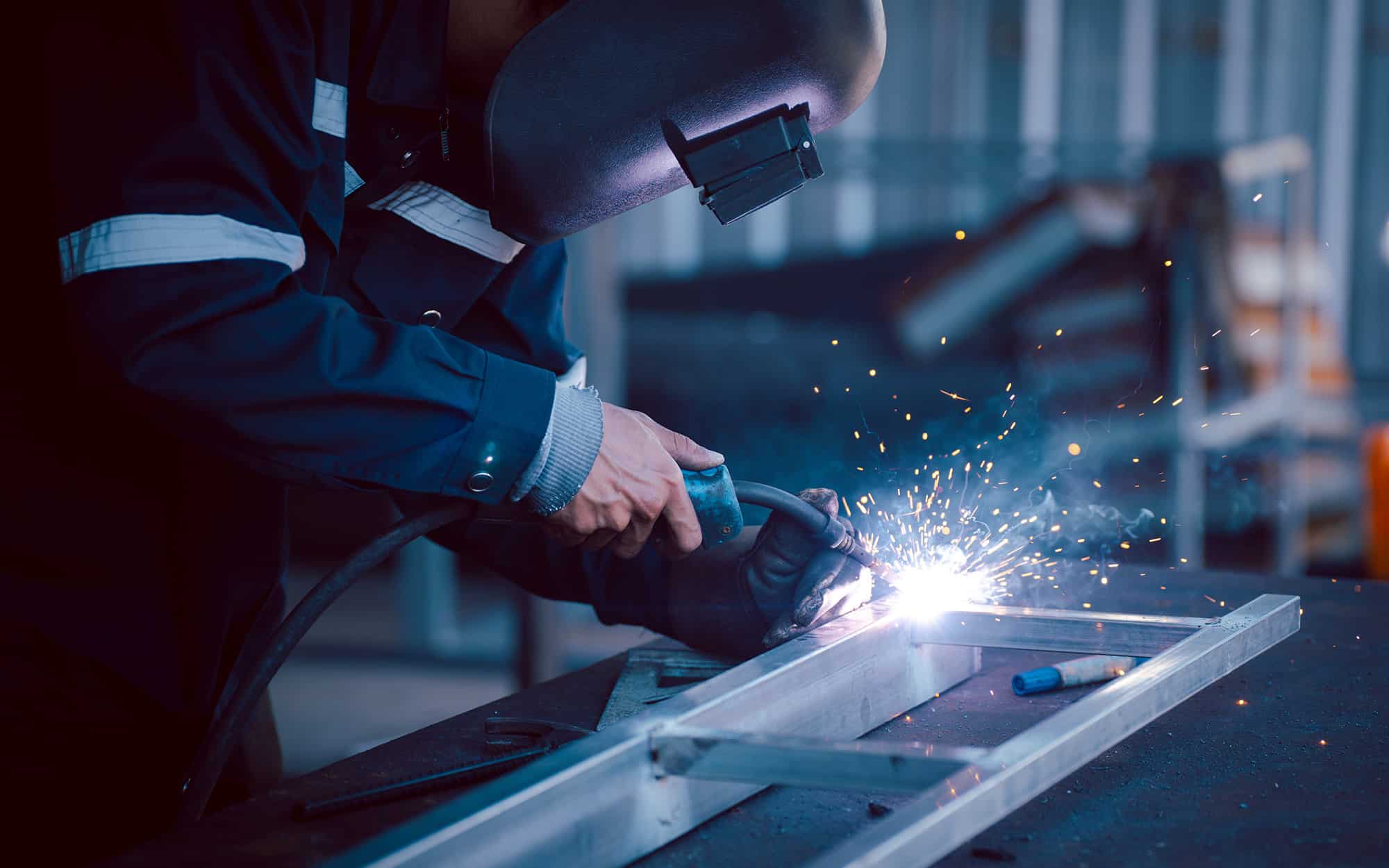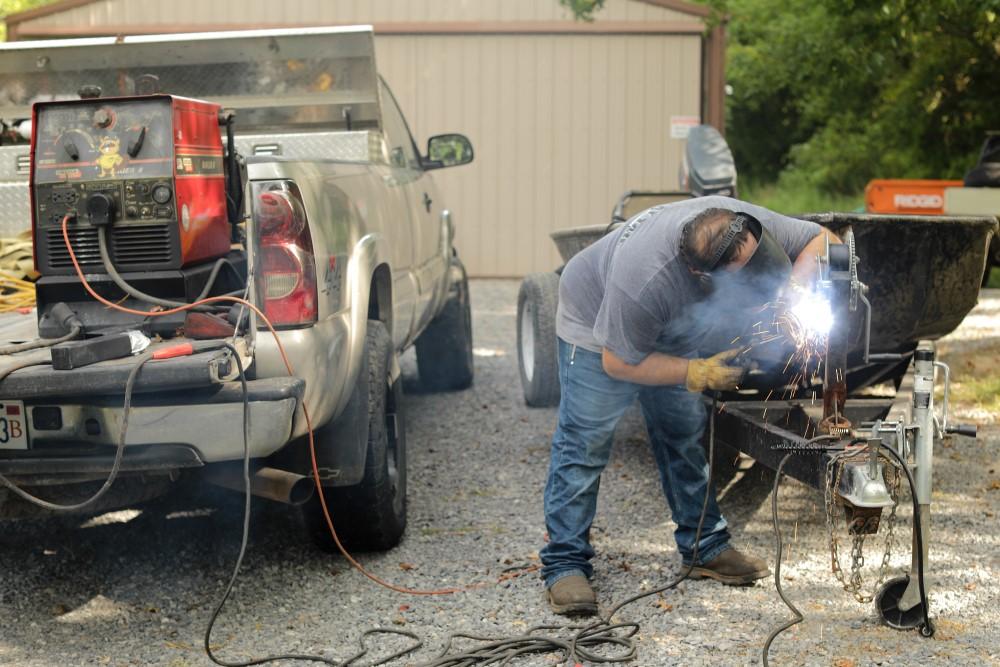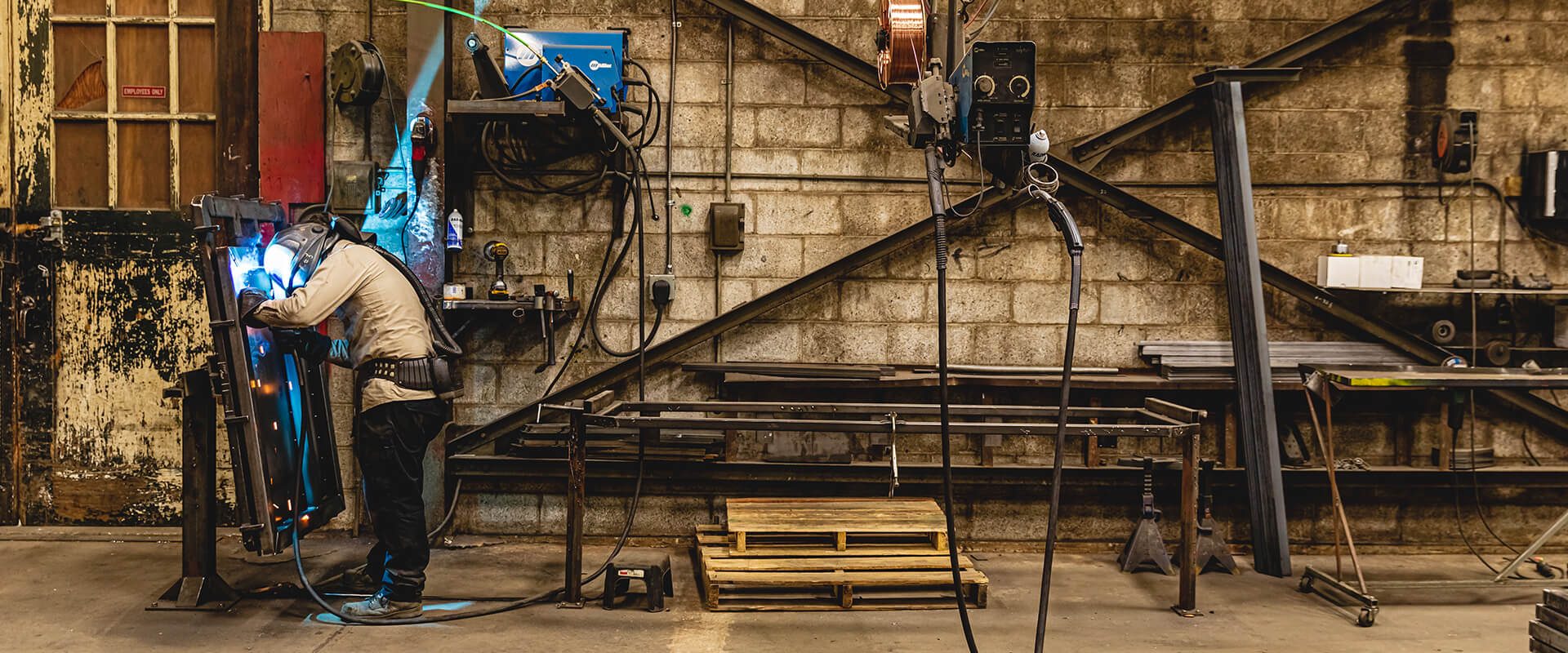Steps to take when encountering porosity in Montana Mobile Welding and Repair Welding
Common Welding Repair Work Issues and Just How to Address Them Properly
Welding repairs often come across a range of concerns that can jeopardize the stability of the end product. Typical issues consist of insufficient penetration, porosity, and misalignment, among others. Each defect provides one-of-a-kind challenges that require specific strategies for resolution. Comprehending these concerns is necessary for welders intending to enhance their outcomes and abilities. This conversation will certainly discover these common welding repair problems and effective methods to resolve them.
Insufficient Infiltration
Inadequate penetration takes place when the weld metal falls short to completely fuse with the base material, causing weak joints and potential structural failures. This concern usually comes from insufficient warm input, inaccurate electrode angle, or incorrect welding rate. Welders may come across poor infiltration due to a mistake of the essential specifications for a particular material thickness or type. Additionally, contamination on the base material's surface area can prevent effective bonding, worsening the problem. To deal with poor penetration, welders should assure suitable settings on their equipment and maintain a tidy work surface. Normal evaluation of welds is recommended to recognize any kind of deficiencies early, enabling timely adjustments and the prevention of compromised architectural honesty in bonded settings up.
Porosity
Porosity is a common defect in welded joints that shows up as small gas bubbles trapped within the weld steel. This problem can compromise the integrity of the weld, leading to lowered toughness and potential failure under anxiety. Montana Mobile Welding and Repair Fabrication. Porosity typically arises from contamination, moisture, or inappropriate welding methods, which allow gases to escape right into the molten weld pool. To address porosity, welders should ensure correct surface area preparation, keep a tidy workplace, and make use of ideal welding specifications. Furthermore, picking the best filler material and protecting gas can alleviate gas entrapment. Regular inspection and testing of welds can assist identify porosity early, assuring timely corrective activities are taken, therefore maintaining the quality and integrity of the bonded framework
Misalignment
Imbalance in welding can occur from various aspects, consisting of inappropriate arrangement and thermal development. Recognizing the origin is crucial for reliable resolution. Several correction methods are offered to realign components and guarantee structural honesty.
Root causes of Imbalance
Welding imbalance commonly originates from a selection of underlying problems that can compromise architectural stability. One main reason is inappropriate fit-up of elements prior to welding, which can result in gaps and uneven surface areas. Variants in thermal expansion during the welding procedure can also result in distortion, specifically if the materials being joined have various coefficients of development. Furthermore, poor fixturing and clamping might fall short to hold parts firmly in position, resulting in movement throughout welding. Inadequately conserved devices, consisting of welding makers and tools, may present incongruities in the weld grain, more adding to imbalance. Driver error, stemming from insufficient training or experience, can likewise play a considerable duty in developing misaligned welds.

Adjustment Strategies Available
Resolving misalignment efficiently calls for a mix of restorative strategies customized to the details problems at hand. One usual technique is using components or jigs to hold parts in the correct setting during welding, making certain regular alignment. Additionally, pre-heating the products can help decrease distortion and enhance fit-up. For significant misalignment, mechanical realignment techniques, such as utilizing hydraulic jacks or clamps, can be employed to correct the placement before welding. Post-weld heat therapy may likewise be needed to soothe tensions brought on by imbalance. Lastly, careful inspection and adjustment throughout the arrangement phase can avoid misalignment concerns from ending up being considerable problems, advertising a smoother welding procedure and boosting general structural stability.
Distortion
Distortion is a common difficulty in welding that can occur from numerous elements, including uneven heating & cooling. Understanding the reasons of distortion is important for carrying out reliable prevention methods. Resolving this problem not just enhances structural integrity however additionally improves the general top quality of the weld.
Root causes of Distortion
When subjected to the extreme warmth of welding, materials usually undertake modifications that can result in distortion. This sensation mostly emerges from thermal development and contraction during the welding process. As the weld location warms up, the material expands; upon air conditioning, it gets, which can create internal stress and anxieties. Furthermore, uneven heating across a workpiece can worsen these stresses, resulting in warping or bending. The sort of material also plays a significant duty; steels with differing thermal conductivity and coefficients of development may react in different ways, causing unforeseeable distortions. Poor joint style and insufficient fixturing can contribute to imbalance during welding, raising the likelihood of distortion. Recognizing these reasons is vital for effective welding repair service and avoidance methods.
Avoidance Techniques
Effective avoidance strategies for distortion throughout welding concentrate on regulating warm input and guaranteeing appropriate joint style. Preserving a consistent warm input helps to minimize thermal growth and contraction, which can bring about distortion. Making use of techniques such as pre-heating the workpiece can additionally minimize the temperature slope, promoting uniform home heating. Additionally, selecting appropriate joint layouts, such as T-joints or lap joints, can enhance stability and minimize stress focus. Applying appropriate fixturing to protect the workpieces in position further help in preserving alignment during the welding procedure. Finally, staggered welding sequences can distribute warm more uniformly, protecting against local distortion. By applying these methods, welders can considerably reduce the probability of distortion and improve the total quality of their welds.
Fracturing
Cracking is an usual problem run into in welding repairs, commonly resulting from various factors such as improper cooling rates, material option, or insufficient joint prep work. The occurrence of fractures can substantially jeopardize the stability of the weld, causing prospective Source failures throughout procedure. To resolve this concern, welders must initially examine the source, making certain that products are suitable and properly picked for the specific application. Furthermore, regulating the air conditioning price during the welding procedure is crucial; quick air conditioning can cause tension and bring about splitting. Correct joint design and preparation likewise add to minimizing the threat. Executing these methods can improve weld top quality and durability, eventually reducing the probability of splitting in completed weldments.

Insufficient Fusion
A substantial concern in welding repairs is insufficient fusion, which takes place when the weld metal does not properly bond with the base material or previous weld passes - Belgrade Fabrication. This problem can lead to weak points in the joint, potentially compromising the integrity of the bonded framework. Variables adding to incomplete blend include insufficient warm input, incorrect welding technique, and contamination of the surface areas being joined. To resolve this concern successfully, welders must assure proper pre-weld cleansing and surface prep work, in addition to readjust their welding specifications to attain ample penetration and blend. Normal inspection during the welding process can additionally assist identify incomplete blend early, enabling prompt restorative actions to enhance the overall high quality of the weld
Overheating
While welding repairs can enhance architectural stability, overheating provides a substantial challenge that can result in material deterioration. Too much heat throughout welding can alter the mechanical properties of steels, leading to lowered toughness, enhanced brittleness, and warping. This sensation is particularly critical in high-stress applications where architectural integrity is critical. Identifying overheating can include aesthetic inspections for discoloration or distortion, in addition to keeping an eye on temperature level throughout the welding procedure. To alleviate the risks related to getting too hot, welders should use proper strategies, such as controlling heat input, changing traveling speed, and utilizing appropriate filler products. Additionally, carrying out pre- and post-weld warm therapies can assist restore product residential or commercial properties and boost the general top quality of the fixing, guaranteeing long-lasting performance and safety.
Often Asked Questions
What Are the Common Indications of a Welding Flaw?

Just How Can I Check My Welds for Quality?
To evaluate welds for high quality, one can use aesthetic examinations, ultrasonic testing, and radiographic techniques. Each method ensures structural honesty, determines flaws, and validates adherence to specified standards, eventually enhancing the reliability of the welded joints.
What Safety and security Precautions Should I Take While Welding?
When welding, one must focus on security by putting on ideal individual safety tools, ensuring proper ventilation, safeguarding combustible products away, maintaining a clean work area, and being conscious of environments to stop injuries and mishaps.
Can I Fix a Weld Without Remodeling the Entire Joint?
Fixing a weld without redesigning the whole joint is possible, depending on the damage (Montana Mobile Welding and Repair Welding). Strategies such as grinding, adding filler product, or utilizing a welding process can efficiently resolve certain flaws while protecting the surrounding framework
What Tools Are Essential for Effective Welding Services?
Essential tools for efficient welding repair services include a welding maker, cord brush, mill, safety equipment, clamps, and filler materials. Each tool plays an essential function in ensuring quality and security during the fixing procedure. Porosity normally develops from contamination, wetness, or inappropriate welding techniques, which enable gases to run away into the liquified weld pool. Badly maintained devices, including welding machines and devices, may introduce inconsistencies in the weld bead, additional contributing to imbalance. When subjected to the extreme warmth of welding, products often undergo changes that can lead to distortion. Splitting is a common concern encountered in welding repair work, frequently resulting from numerous elements such as inappropriate air conditioning prices, material choice, or poor click over here joint preparation. A considerable issue in welding repairs is incomplete blend, which takes place when the weld steel does not effectively bond with aluminium welding near me the base material or previous weld passes.